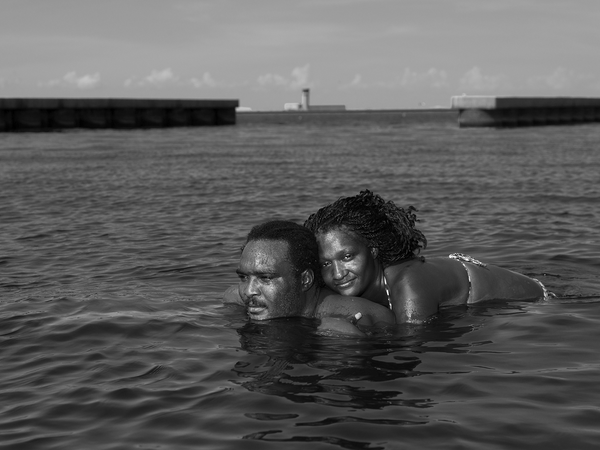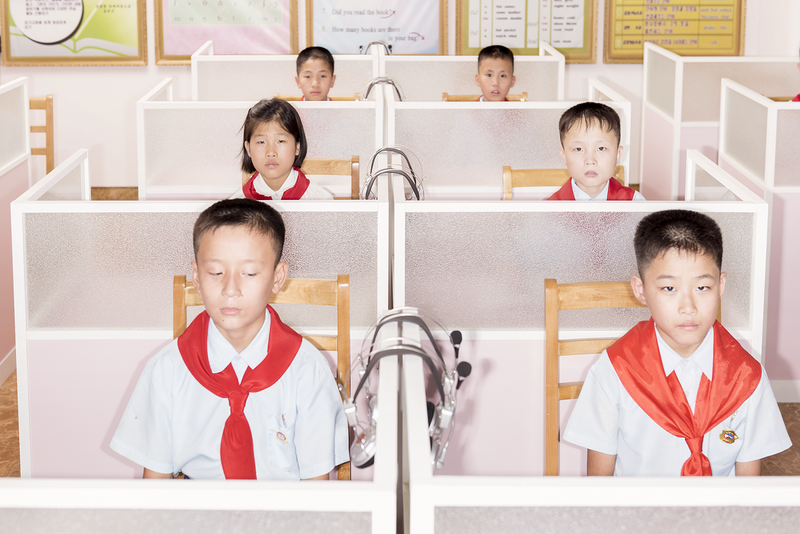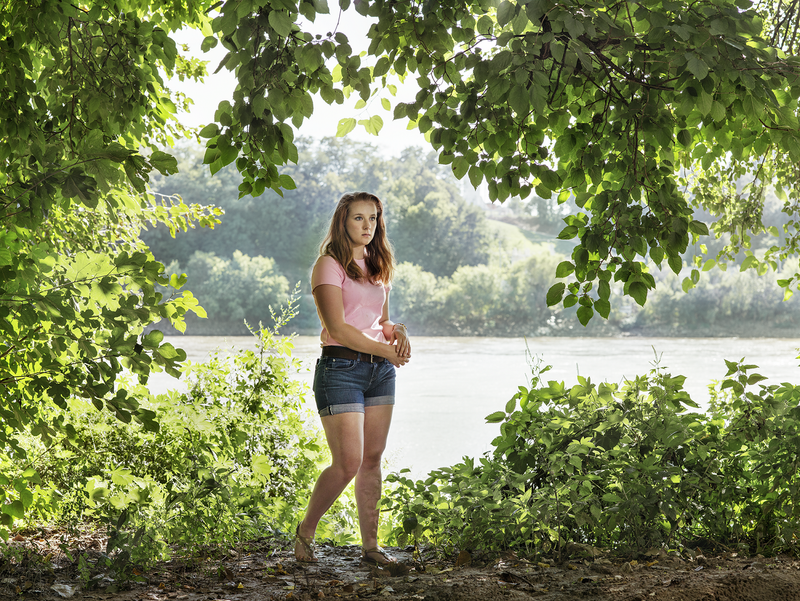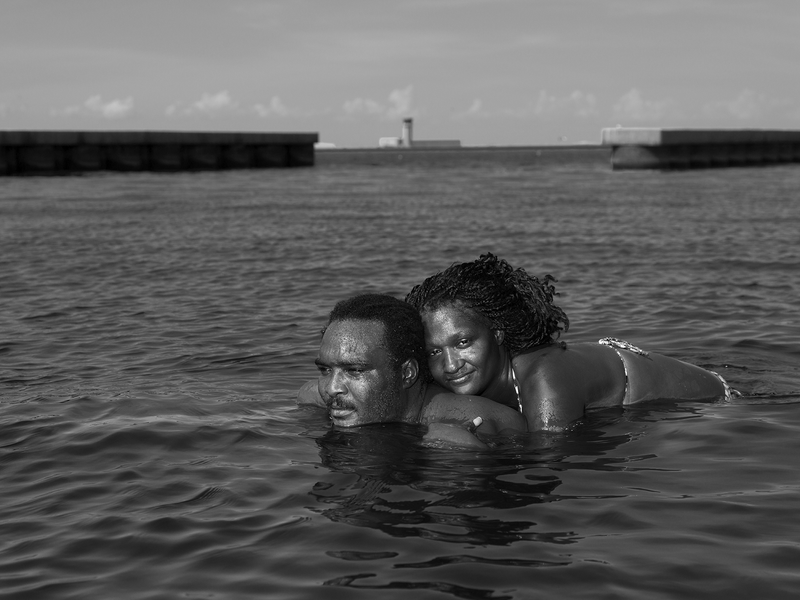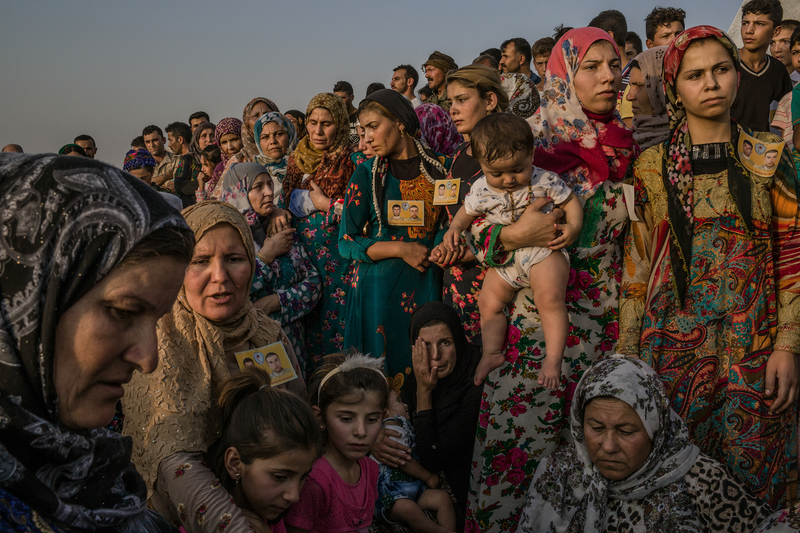The New Yorker's Quality Over Quantity
-
Published1 Feb 2018
-
Author
The Senior Photo Editor of The New Yorker and PHmuseum 2018 Grant judge, Genevieve Fussell, explains to us how she works to select relevant content and help the iconic publication successfully navigate this internet, and ever-more-visual, era.
The Senior Photo Editor of The New Yorker and PHmuseum 2018 Grant judge, Genevieve Fussell, explains to us how she works to select relevant content and help the iconic publication successfully navigate this internet, and ever-more-visual, era.
Founded in 1925, The New Yorker has established itself as one the most respected American publications thanks to its distinguished voice and remarkable editorial tradition. Today, almost a hundred years on, it has successfully adapted to our digital times while preserving its weekly paper publication and their popular illustrated covers, and it represents one of the most prestigious outlets for a photographer's work. Their Senior Photo Editor and PHM 2018 Grant judge, Genevieve Fussell, told us more about it and how you should prepare to pitch your work to them.
Ciao Genevieve! As Senior Photo Editor at The New Yorker, what is your approach in the moment of defining what’s relevant? What has characterised your team's editorial line throughout the last few years?
It’s a critical part of my job as a photo editor to know - as best I can - the work of professional photographers and artists globally. Of course, there are so many people shooting today, hoping to make their mark on the industry. I think the challenge for our team is to sift through the trends to find the more original voices. This entails maintaining a critical eye and not just responding to another pretty picture.
At the magazine, we always aim to publish the highest caliber photography from established photographers and artists as well as new talent. That’s somewhat of a balancing act that’s always being calibrated. We strive to hire a diverse set of voices, including women and photographers of colour. And it’s a goal of mine to always be able to pitch a local photographer, whether the assignment be in Nepal or Ghana or Uruguay.
As Senior Photo Editor you are curating both the printed and online content. What are the main differences between the two formats and why should we buy the paper magazine in this digital era?
We curate a weekly photography blog, called Photo Booth. This is a mixture of unpublished, pre-existing projects as well as original work that we commission for the blog. It’s always important for us to publish strong work regardless of the platform but we have much more freedom on the blog to run what we like. It’s under less scrutiny, which allows us to be more experimental and loose.
Despite the ever growing importance of digital, much of our focus is still on the print magazine. The print version is under the microscope more so than our online content so it remains the most considered presentation. Typically, we only run one image per any given story so the selection of that image seems, at times, less like photo editing and more like curation. I’ve always felt that there’s something interesting and even refreshing in the visual restraint of the magazine amidst the endless digital content stream. So quality over quantity.
How do you search for content, especially those in faraway regions such as Latin America or Asia? How has technology affected the way you are searching for new works/photographers?
There are a handful of international festivals and juried submissions that I pay close attention to each year. Festivals like Chobi Mela, Lagos Photo and Unseen have consistently impressed me and often include the work of photographers from Asia, Africa and other underrepresented regions. Of course yearly lists and prizes like BJP’s One’s to Watch, Aperture’s Portfolio Prize and PDN 30 are a great resource. As well as portfolio reviews. In combination, these types of events are certainly one way I educate myself.
Instagram has become a great tool to find new talent. The ubiquitous “takeover” has exposed me to work I likely wouldn’t have seen otherwise. If I’m super excited about someone, I’ll reach out via IG or email to say hello and start a conversation. The key is to learn how someone makes their work and whether or not they would be able to duplicate those efforts on assignment. There are so many great photographers who are not good on assignment. It’s a very specific skill set.
That said, there are definitely holes in our network of photographers. Of course we have a fantastic pool of photographers to work with in New York but we are always looking for new shooters in places like China, Russia and even regions of the States. It’s an ongoing effort.
Photographers often ask themselves: how do I approach a photo editor? how can I get an assignment? What general advice do you have for them, and how should they prepare a pitch for The New Yorker?
I appreciate tailored emails that are written directly to me, that perhaps exhibit a knowledge of what we do at the magazine. Blanket emails that have obviously been sent to a wide list of editors are never too appealing. Attaching a PDF portfolio of best work is helpful. It’s quick and easily accessible rather than needing to navigate a website, which can be surprisingly cumbersome.
Speaking of websites, I encourage photographers to make sure the landing image is one of their best. I’m often discouraged to open a website and be underwhelmed by whatever visual I encounter only to find great work buried. I think it’s important to instantly impress a visitor to your site knowing that they might not stay very long.
In terms of specific pitches, I suggest that photographers study and know who they are pitching. I, of course, like pitches that make sense for the magazine. So a portfolio of commercial portraits is not going to be received well by our team because we don’t have any use for that type of work.
Why did you join the PHM 2018 Grant jury? What do you expect from this experience, and what will you be looking for in the applications?
I support the efforts of PHmuseum to start. And also, as mentioned, I’m looking to discover new photographers and I find juried submissions one way to do this. I’m looking to find people with unique voices. It seems increasingly challenging to reinvent the wheel, to make something new. But that’s what I’m looking for; photographs that I haven’t seen before.
From your experience as a judge for many Grants and Awards, why do you believe photographers should take the time to prepare their projects and apply?
Well, for one, you have your work in front of a group of professionals that may result in an expanded network. I imagine the process is helpful, too, in helping to sharpen one’s ability to present and discuss their work. That said, I suggest that a photographer consider waiting to submit until they have a body of work that they’re really proud of. There seems to be pressure to succeed very quickly. To submit, publish, get noticed. Of course I understand this but also appreciate the slow burn approach.
--------------
Genevieve Fussell is the Senior Photo Editor of The New Yorker and a judge of the PHM 2018 Grant. Follow her on Instagram.
Giuseppe Oliverio is the Founder and Director of PHmuseum. Follow him on Instagram.


